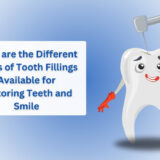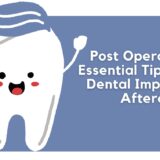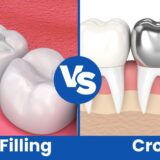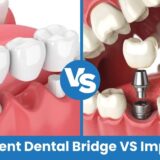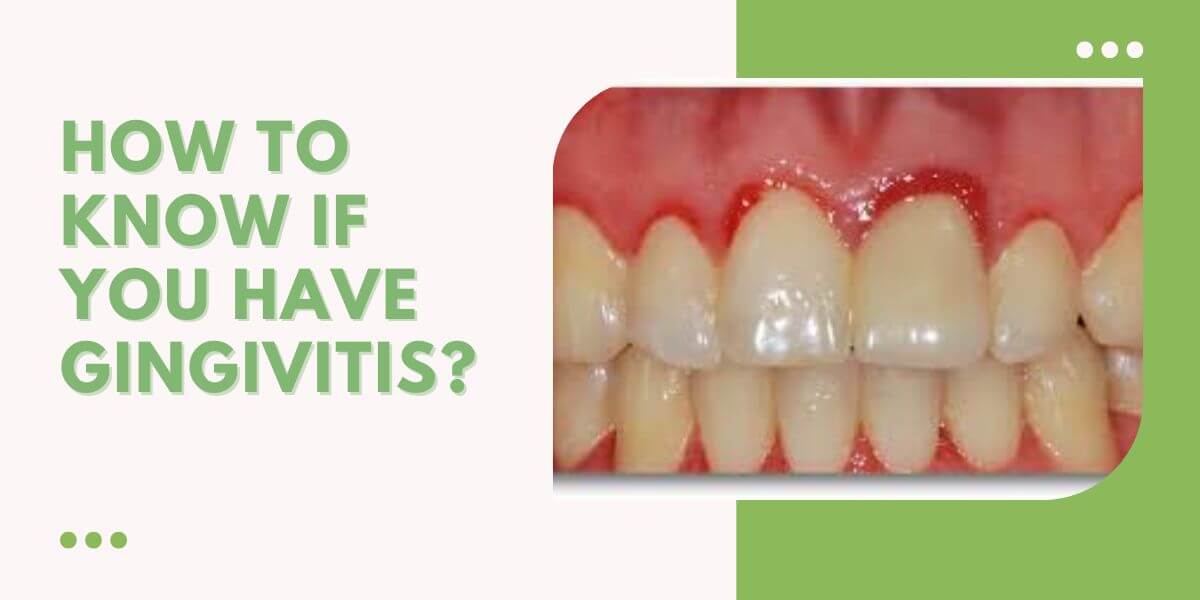What is Gingivitis?
Gingivitis, although common and usually mild, should not be taken lightly. It is called Gingivitis, as it causes inflammation of the Gingiva or the gums. Addressing gingivitis promptly and ensuring proper treatment for a healthy oral care routine is crucial.
It’s important to treat gingivitis as soon as possible to avoid the development of Periodontitis, a more severe gum disease that can ultimately result in tooth loss. Taking early and effective measures against gingivitis can help maintain oral health and prevent further problems.
By responsibly brushing at least twice a day, flossing daily, and scheduling regular dental checkups, you can protect your gums and keep them healthy for the long term. These simple yet essential oral health habits can make all the difference in preventing gingivitis.
In today’s article, we will discuss how to know if you have gingivitis and learn its various symptoms, causes, and cures.
What Are the Causes That Lead to Gingivitis?
Making sure you have proper oral hygiene is crucial in preventing gingivitis. Neglecting to maintain a regular dental care routine can lead to plaque buildup on teeth, which triggers inflammation in the gums. By taking preventive steps to keep your mouth clean and free from plaque, you can easily reduce the risk of developing gingivitis and protect the health of your gum tissues.
Here’s how to know if you have gingivitis due to the plague:
- Plaque forms on your teeth – Plaque may be invisible, but it can cause huge damage to your teeth. It’s a sticky film composed mostly of bacteria, which forms when the starches and sugars in your food mix with the naturally occurring bacteria in your mouth. Removing plaque daily is important as it tends to re-form quickly and cause dental issues if left unchecked.
- Plaque turns into tartar – You may have noticed that sometimes, brushing and flossing alone are not enough to keep your teeth in top shape. That’s because plaque can harden into stubborn tartar, which harbors harmful bacteria. Tartar makes it harder to remove plaque and creates a shield for bacteria, leading to irritation along the gumline.
- Gingiva becomes inflamed (gingivitis) – When plaque and tartar are left to accumulate on your teeth, they can irritate the Giginva tissue, leading to inflammation and subsequent swelling and bleeding of the gums.
- Neglecting dental care may result in tooth decay (dental caries) – Properly caring for oral health is paramount to preventing serious consequences. If untreated, gingivitis may become periodontitis, eventually leading to tooth loss.
Signs and Symptoms
Gum health is crucial as healthy gums have a firm texture and a lovely pale pink color. They snugly fit around the teeth, ensuring optimal oral health. It’s important to be aware of the signs and symptoms of gingivitis, such as:
- Dusky red or dark red gums
- Tender gums
- Bad breath
- Swollen or puffy gums
- Receding gums
- Gums that start to bleed easily whenever you floss or brush
Risk factors
Gingivitis, a common oral condition, can affect anyone regardless of age or background. However, certain factors can heighten your risk of developing this issue:
- Poor oral care habits
- Smoking or chewing tobacco
- Older age
- Dry mouth
- Poor nutrition, including vitamin C deficiency
- Dental restorations as well as crooked teeth that are difficult to clean or that don’t fit properly.
- Conditions that decrease immunity, including HIV/AIDS, leukemia, or cancer treatment
- Hormonal changes, such as the use of birth control pills or those related to pregnancy, menstrual cycle
- Genetics
- Medical conditions which include certain fungal and viral infections
Complications
It is crucial how to know if you have gingivitis and address gingivitis promptly, as if left untreated, it can escalate into Periodontitis. This severe condition affects the tissues and bones supporting your teeth. This can eventually result in tooth loss, highlighting the importance of proactive oral care. Individuals may reduce their risk of developing these serious health conditions by effectively addressing gingiva inflammation.
Trench mouth, or Necrotizing Ulcerative Gingivitis (NUG), is a highly distressing condition characterized by painful gums, infections, bleeding, and ulcerations. Fortunately, it has become less prevalent in developed nations due to improved living conditions and nutrition. However, it remains a significant concern in developing countries where these factors are not well-addressed.
Conclusion
Gingivitis, a prevalent form of gum disease, occurs when bacteria accumulate on the teeth. The presence of bacterial plaque primarily causes plaque-induced gingivitis. This triggers a response from the body’s immune system, leading to damage in the gingival tissues. If left untreated, this condition can progress to severely destroying the periodontal attachment apparatus.
Most people don’t know how to know if you have gingivitis; fortunately, managing gingivitis is possible through consistent good oral hygiene practices. Gum disease symptoms can be detected and addressed promptly by maintaining a regular dental routine and attending check-ups.
FAQs:
1. When to see a dentist if you suspect Gingivitis?
If you experience any signs or symptoms of gingivitis, it is crucial to take action. Don’t delay, and schedule an appointment with your dentist soon. Acting promptly increases your chances of reversing gingivitis damage and preventing its escalation into periodontitis.
2. How do you test for gingivitis?
By checking for indications of plaque buildup and inflammation, you can take necessary actions to prevent potential issues. Additionally, measuring the pocket depth between your gums and teeth with a dental probe is an effective way to assess gum health at various locations in your mouth.
3. Can gingivitis go away on its own?
Taking care of mild cases of gingivitis can be done in the comfort of your own home. By diligently practicing good oral hygiene habits, such as thorough brushing and flossing, you can effectively treat this condition without the help of a dentist.

